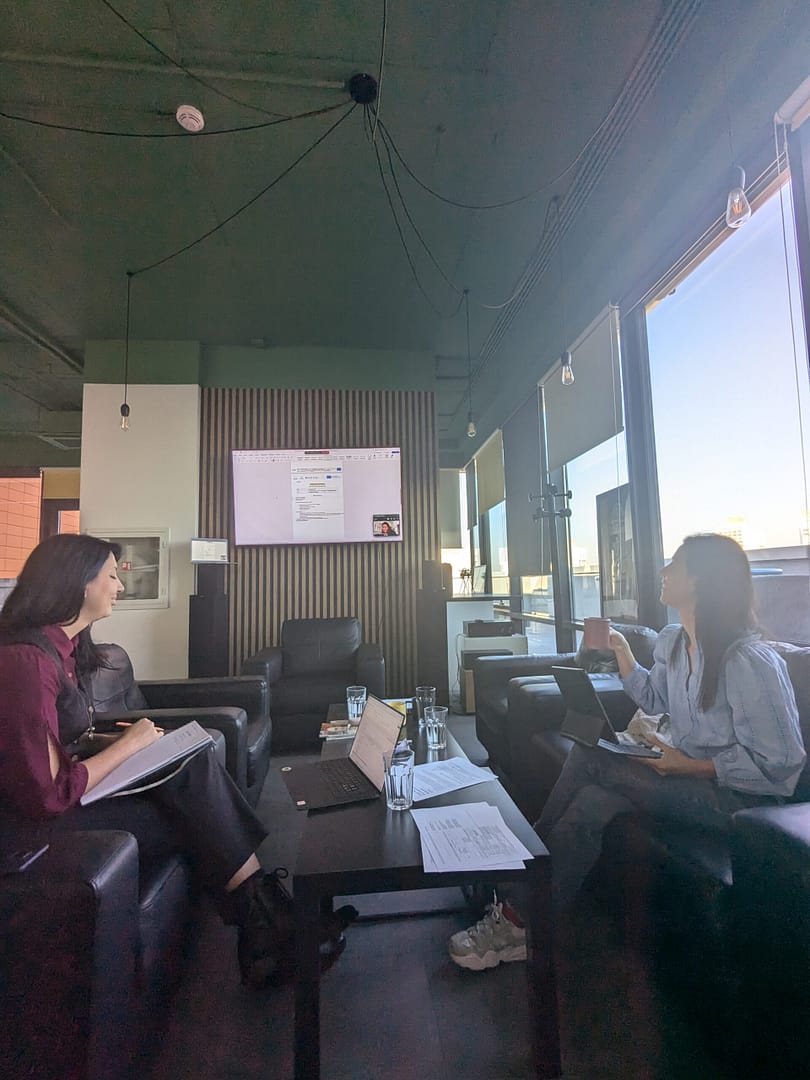Learning Outcomes:
- Participants will reflect about the importance of Europe in our daily life;
- Participants will have a better understanding of European citizenship and the knowledge about European Union;
Duration:
Total duration can vary according to the number of photos to be discussed. However, it is suggested not to exceed the total duration of 90 minutes circa.
The session could be organized as follows, assuming that the group will be split into 4 small groups (national groups):
- Explanation and preparation: 10 minutes;
- Taking photos: 30 minutes;
- Plenary preparation (uploading photos and finding titles): 10 minutes;
- Plenary discussion: 40 minutes (circa 10 minutes per photo).
Materials needed:
Smartphones or any device that can take photos, laptop, projector
Preparation
A shared online folder should be set up so that the groups can upload the photos they took.
The projector should be set up to show the photos.
For the final plenary discussion, chairs should be disposed in a circle.
During the activity, the trainer(s)/facilitator(s) should continuously evaluate if more activities are need to reach the LOs.
Description
This activity uses photography as a way to start the discussion on European identity with the participants.
1. The Trainer(s) will divide the group in small groups, about 3 or 4 people per each group and explain the activity. For smaller groups, the activity can be done individually by each participant.
2. Participants will be given a sentence to think about it for 5 minutes, such “What Europe/European Union means to me?”
3. After 5 minutes each group will go outside and take 3 photos of what Europe and European Union mean to them. They have 30 minutes to take photos.
4. Each group must name each photo they took.
5. The Trainer(s)/Facilitator(s) will collect all photos and show them to the group in plenary.
6. The plenary will first discuss the meaning they see in each photo, and then the group who took the photo will reveal the photo title and explain to other participants how that photo represents Europe/European Union to them.
In this phase, the trainer(s) should pay attention that each photo is discussed for the same amount of time. Discussion time can be longer or shorter, according to the total number of photos to be discussed.
7. Debriefing on the activity (see below).
Debriefing
Questions for debriefing could be:
- How many groups have a similar image for Europe? How many images are different?
- Did you give another meaning to the photo than the author(s)? Why do you think this happens?
- How do you feel about other people giving another meaning to your photo?
- Why do you think your images of the EU are similar/different?
The debriefing should lead participants to reflect on the different perceptions that each of us may have of an idea. In this case, different personal experiences and backgrounds led to different/equal images representing the same concept “What EU/Europe means to me?”.
Tips
This method is particularly suitable for international groups. It offers the participants the opportunity to initially be aware of their own image of Europe in small groups* and to exchange ideas before the topic is further discussed in the international large group.
This method can serve as an introduction to a discussion of the different status of Europe in different countries, where which images of Europe are prevalent and how diverse Europe is.
* small groups could be formed so that they are national and/or linguistically homogeneous. This could help in better finding a common idea to represent. More To Explore
EU Youth Policies and EU Youth Strategy
Learning Objectives (LOs)
Active Participation and Youth Participation
Learning Objectives (LOs)


